Reacting Fluorine with Caesium
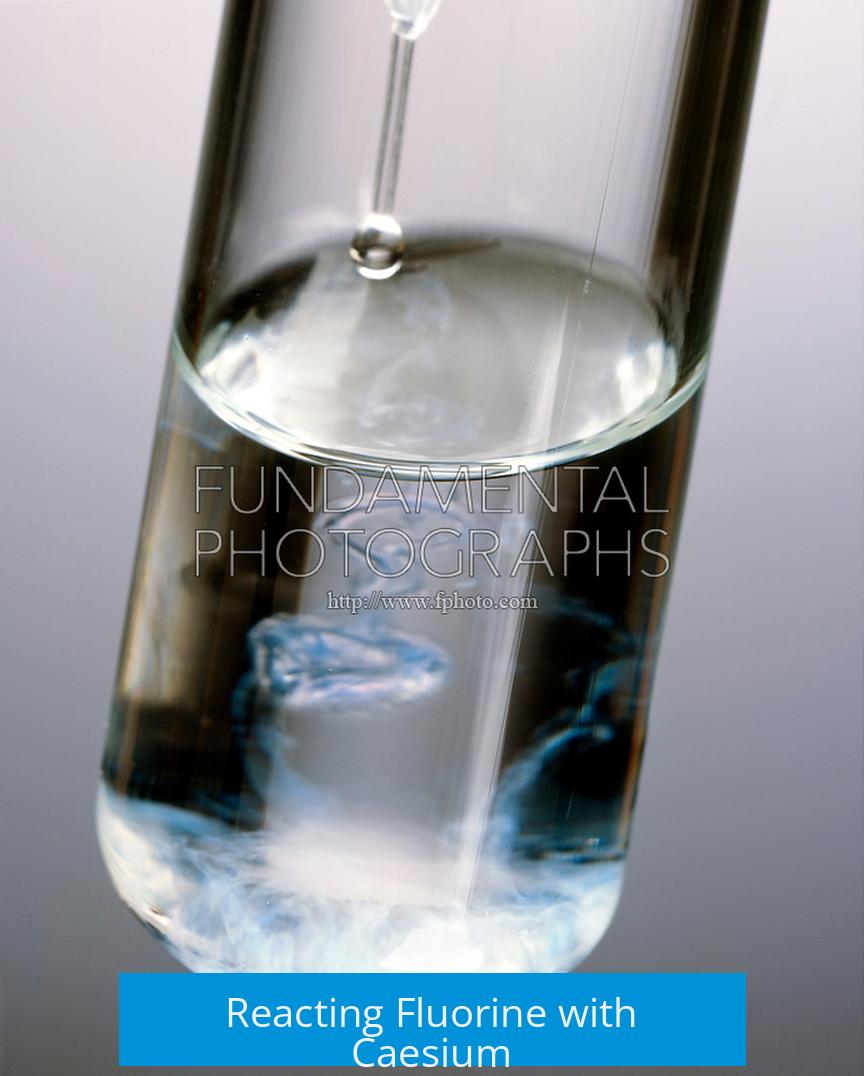
The reaction between elemental fluorine (F2) and caesium (Cs) is highly vigorous and exothermic, producing caesium fluoride (CsF) rapidly. Fluorine, being the most reactive halogen, reacts instantly with caesium, an alkali metal with a very low ionization energy. This reaction differs significantly from caesium’s interactions with compounds like hydrogen fluoride (HF) or water.
Nature of the Reaction

When elemental fluorine contacts caesium, the reaction proceeds violently due to the high electronegativity of fluorine. Caesium donates an electron to fluorine, forming Cs+ and F− ions. The product, caesium fluoride, is an ionic solid.
- The reaction is essentially instantaneous and releases a large amount of heat.
- The heat generated may cause the caesium to melt momentarily, explaining any observation of a liquid state during the reaction.
- Compared to caesium’s reaction with water, the fluorine reaction is more aggressive because fluorine is a stronger oxidizer.
Comparisons with Caesium and HF or Water
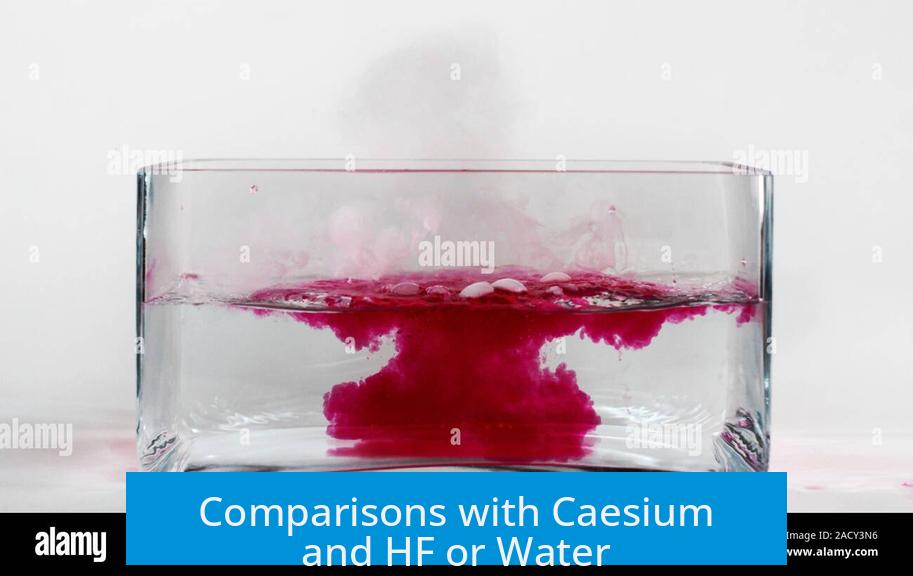
Hydrogen fluoride (HF) reacts differently with caesium. HF is a weak acid but can be highly corrosive. The reaction may not be as explosive but can still release significant heat, producing caesium fluoride and hydrogen gas. The violence of Cs + HF depends on conditions but generally less dramatic than Cs + F2.
Caesium’s reaction with water is well documented as violent and exothermic, often resulting in rapid hydrogen release and caesium hydroxide formation. Videos show this reaction can cause explosions depending on scale. The Cs + HF reaction is expected to be similarly dangerous though less explosive than Cs + H2O or Cs + F2.

Physical Changes in Caesium During Reaction
Caesium melts near 28.5 °C. The intense heat from its reaction with fluorine or water can melt caesium briefly. This explains observations where caesium appears liquid during the reaction. The molten state allows rapid spreading and contact with fluorine, increasing reaction rate.
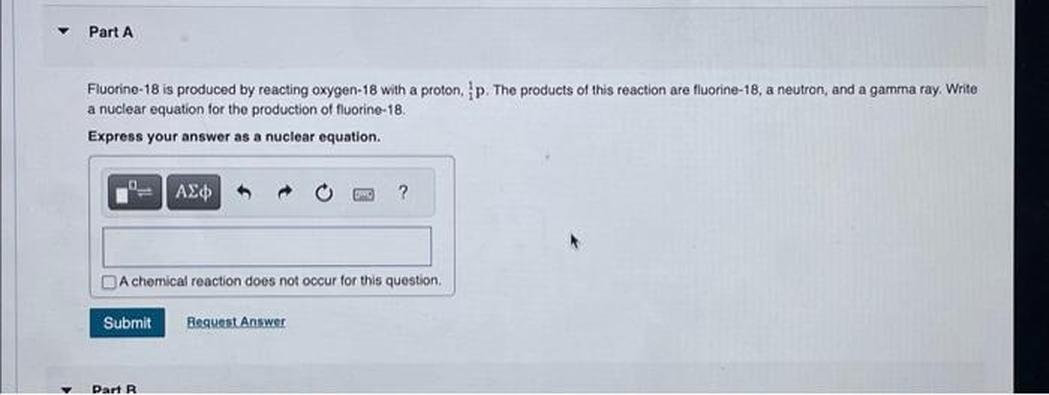
Safety and Handling
Handling fluorine and caesium requires strict controls due to the high reactivity and hazard of both elements. Reactions produce toxic and corrosive byproducts and intense heat. Laboratory conditions use inert atmospheres and remote handling techniques.
Key Takeaways
- Cs reacts violently with elemental fluorine forming CsF instantly with heat release.
- Reaction heat can melt caesium temporarily, causing liquid appearance.
- Cs + HF reaction is less violent but still hazardous; Cs + H2O is also violently exothermic.
- Fluorine’s high electronegativity drives the extreme reactivity with caesium.
- Strict safety procedures are essential due to reactivity and toxic byproducts.
Reacting Fluorine with Caesium: Unveiling the Fiery Dance of Elements
When we toss fluorine at caesium, sparks quite literally fly—metaphorically speaking, but also quite literally if you don’t handle things properly. Reacting fluorine with caesium is a highly exothermic and violent process due to the high reactivity of both elements, producing caesium fluoride almost instantaneously. Let’s break down why this happens, clarify some confusion, and explore the curious quirks of caesium’s behavior when exposed to fluorine compounds or its cousins in the halogen family.
Why Does Caesium React So Wildly with Fluorine?
Caesium (Cs) is the most electropositive and one of the softest metals on the periodic table. This means it practically begs to donate its single outer electron. Fluorine (F2), on the other hand, is the most electronegative element—a fierce electron snatcher. When these two meet, the electron transfer is *so* sudden and energetic that heat & light burst out.
The product is caesium fluoride (CsF), an ionic compound that’s remarkably stable compared to its volatile parents. Think of it as a calming treaty after a wild party. This reaction is far more intense than caesium’s reaction with water, another common test subject in chemistry fireworks.
Comparing Cs + Fluorine Gas to Cs + Water
You might have seen videos of Cs meeting water—check out some electrifying examples here. Those explosions are impressive, but fluorine takes the show to another level. Water’s oxygen and hydrogen only partially react, releasing hydrogen gas and forming caesium hydroxide. With fluorine gas, the reaction is swifter and more direct:
- Cs + F2 → 2 CsF
This reaction releases heat exceeding that of Cs + H2O due to fluorine’s unparalleled ability to oxidize caesium almost instantly. There’s no intermediate bubbling or slow reaction phases—just immediate formation of solid CsF.
Curiosity About Cs + Hydrogen Fluoride (HF): Mild or Mad?
One of the key questions bubbling up in discussions is—”Would reacting Cs with hydrogen fluoride be much more violent or would it just spill dangerous acid?” HF is a trickster in the halogen family. It’s a weak acid compared to HCl or HBr but extremely corrosive and toxic. Yet, it behaves differently from pure fluorine gas.
Cs + HF usually results in the formation of ionic CsF and hydrogen gas. However, the reaction is not as explosive as with F2. You might get vigorous bubbling and heat, but no surprise explosions. The spill of HF acid alone remains hazardous, demanding caution more than adrenaline.
Curious minds might note that the interaction produces both caesium fluoride and hydrogen gas, following:
- Cs + HF → CsF + 1⁄2 H2
This suggests that unlike the direct violent F2 reaction, the presence of hydrogen in HF cushions the encounter, preventing a fiery apocalypse—thankfully.
Why Did The Caesium Appear Liquid?
Here’s a head-scratcher: Some observers mention that caesium seemed liquid during the reaction, even though they expected it to be a solid. Am I nuts? Probably not—caesium is unusual.
At room temperature, pure caesium is a soft, silvery-gold metal that can feel almost buttery. Its melting point is exceptionally low—about 28.5°C (83.3°F). Warm lab environments or the heat generated during the reaction can push it past this threshold, making caesium visibly liquid.
So, if you saw what looked like liquid caesium, you weren’t hallucinating. The heat from the reaction or ambient temperature might have melted it. It’s an important reminder to keep your fingers and eyebrows away—liquid alkali metals are a serious hazard!
Safety First: Handling Cs and Fluorine Reactions
Fluorine gas and alkali metals like caesium do not make good roommates unless you’re ready with extreme safety gear and protocols. Their spontaneous and highly exothermic interaction screams caution. Laboratories keep such experiments under inert atmospheres and with remote handling tools.
Here are quick tips if you ever delve into this fiery chemistry (don’t do it at home!):
- Always conduct reactions under controlled, ventilated fume hoods.
- Use protective shields and wear full protective equipment including goggles and gloves.
- Ensure fire suppression materials suitable for metal fires are on hand (never water!).
- Understand that HF is nasty—causes deep tissue damage without immediate pain sensation.
Wrapping It Up: More Than Just a Reaction
Reacting fluorine with caesium isn’t just chemistry; it’s a display of how nature’s most eager elements interact. The violence and unexpected physical states like liquefying metal make it fascinating. It also illustrates the importance of precise handling and respect for elemental powers.
If you wonder whether Cs + HF is “more violent” than Cs + H2O, the answer leans towards *no*, in the sense of explosive force. However, it’s certainly *more dangerous* because of the acid hazard and the possibility of hydrogen gas release. And caesium’s liquid appearance during these reactions is a neat little trick caused by its low melting point and heat produced.
Does this make you think twice about the stuff lurking in the alkali metals drawer? Chemistry sure has some flashy characters. But with knowledge and safety, we can appreciate these elemental fireworks from a distance.
Q: Does caesium react violently with hydrogen fluoride (HF)?
Caesium’s reaction with HF is expected to be intense, possibly more violent than with water. However, direct explosion is not guaranteed; HF might cause acid spilling instead.
Q: Why does caesium sometimes appear liquid during reactions?
Caesium melts near room temperature (about 28.5°C). Heat from the reaction can melt solid caesium, making it seem liquid.
Q: How does the reaction of caesium with HF compare to its reaction with water?
The Cs + water reaction is known to be vigorous and sometimes explosive. HF reactions might differ, as HF is acidic and can cause dangerous spills without the same explosive effect.
Q: Is there a risk of explosion when caesium reacts with fluorine compounds?
While caesium’s reaction with pure fluorine gas isn’t detailed here, reactions with fluorine-containing compounds like HF can be quite reactive. Explosion risk depends on conditions and compound concentration.


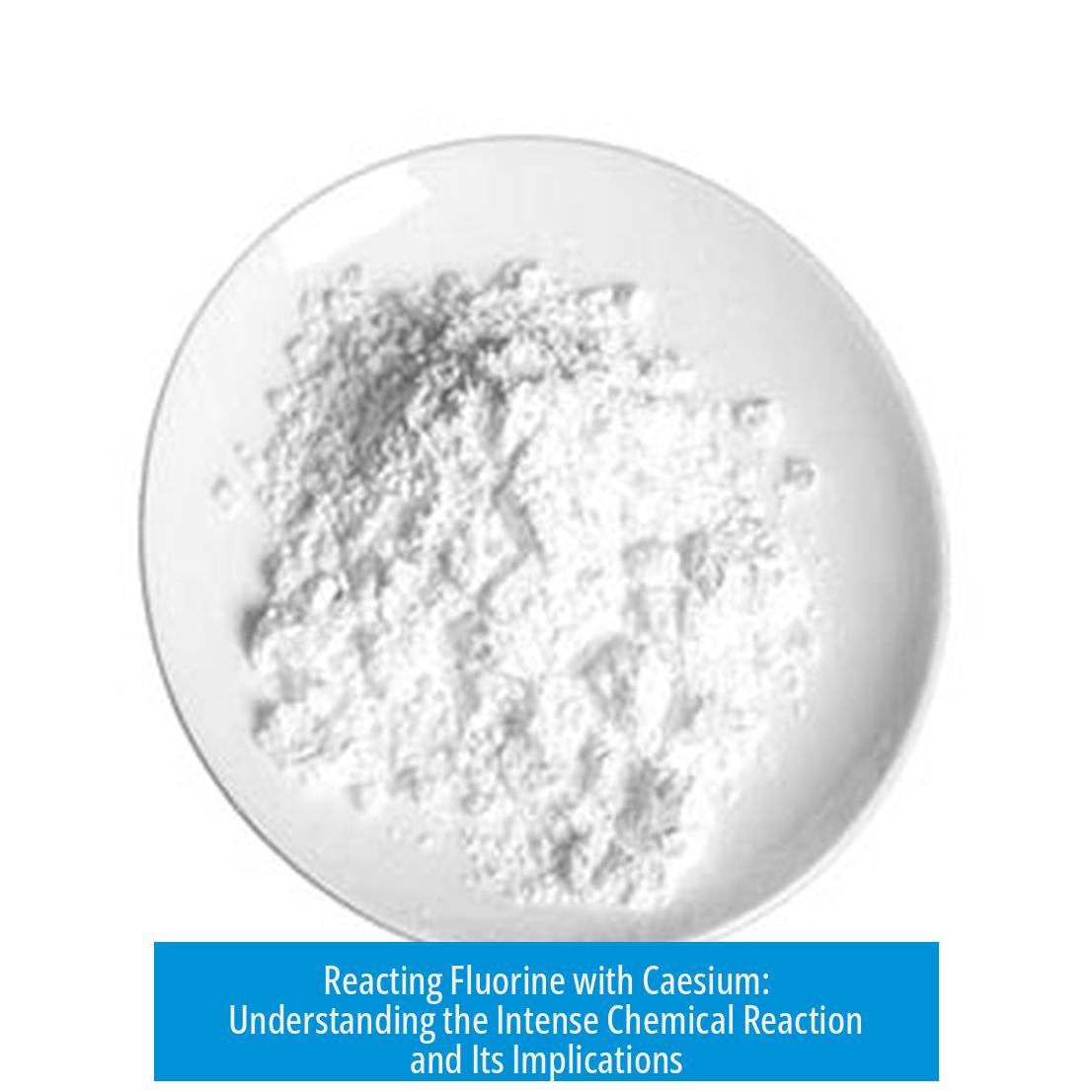

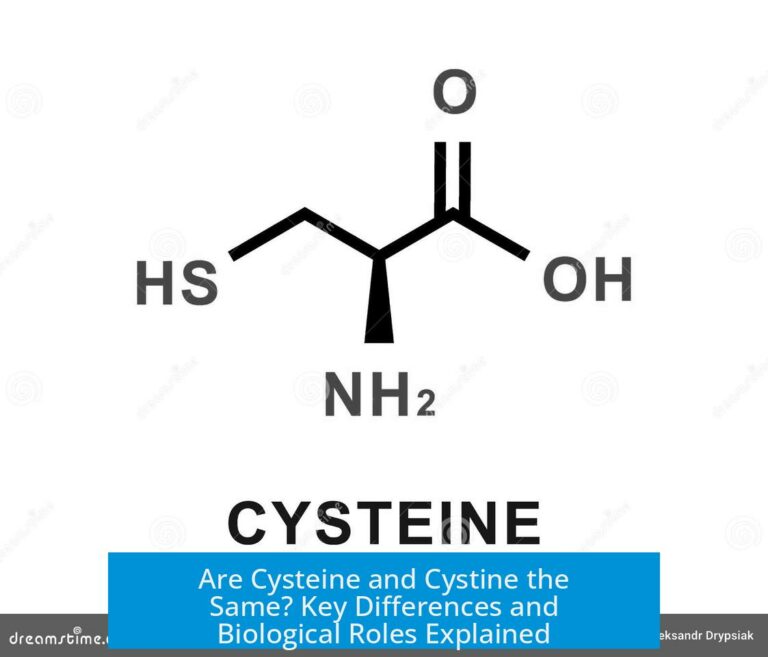
Leave a Comment